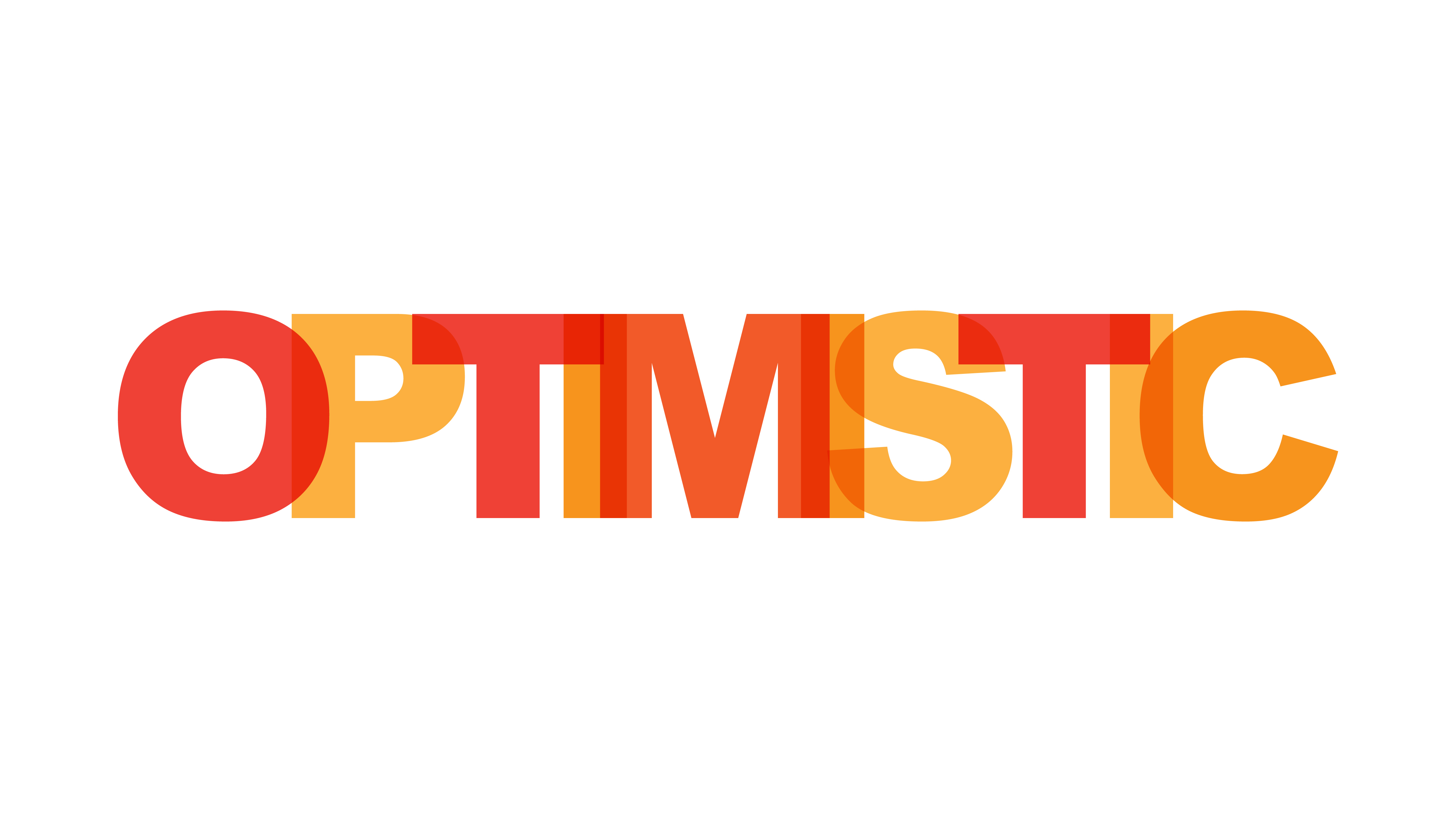
by Julie | Aug 6, 2019 | Uncategorized
I’ve been keeping busy this summer – enjoying the puppy, time outside and of course, the often elusive Pacific Northwest sunshine. A few weeks ago, I noticed some aphids on one of my Brussel Sprout plants. I’ve struggled with aphids in the past and my solution was to remove the infected plant. I’ve also avoided putting aphid loving veggies in my garden which really isn’t a good solution (though I think my husband is OK with this). I decided that this year is the year to learn how to manage those little pests.
But, again, I’ve been busy with summer so it took me a few days to research how to handle aphids (soap and water), then a few days to order the pure Castile soap and a more than a few days to actually go up and spray the plant. Well, the culmination of all of those days resulted in my plant being eaten alive. These little tiny aphids killed my plant and they started on to my adjacent plants too. Fortunately, I sprayed all the remaining Brussel Sprout plants and as of a week later, they seemed to have survived.
I started thinking about how the same thing can happen to a business. An unhappy employee left to fester can impact the employees around him and destroy the culture. If you sense there is a problem with an employee, talk to the employee, understand the issue and take steps to address it. Because if you don’t, the health of your employee, the surrounding employees and the company are at risk of being destroyed. Whether you are growing a garden or cultivating your business, learning how to manage pests is a necessary skill for ongoing success.

by Julie | Feb 26, 2019 | Leadership, Management
So, what does 2019 hold? If only the batteries in my crystal ball weren’t dead, I could tell you. But I have been doing my research and talking to experts and here is what I have gathered about 2019:
- Confidence is down. This may be because of the dysfunction in Washington, the economists predicting a recession or even that thought in the back of our minds that says we are due for a correction. Regardless, this has impacted confidence which is impacting hiring decisions, equipment purchases and investment in general.
- Unemployment is still low and will remain low for the remainder of the year. Most business owners are having a hard time finding the right personnel to fill their open positions. This has impacted company growth, company productivity and morale of the workforce overall.
- Industries are evolving so there are opportunities to move into new markets. Maybe there is an idea that has been percolating within your team and now is the time to move on it. And keep in mind that other companies are in similar situations so they may be more open to new ideas and approaches.
- Re-evaluate technology. We have become so dependent on technology that we can’t imagine living without it but now is the time to evaluate what aspects are working and what aspects aren’t. Use technology to further your business or your life but be intentional about how you use it.
Based on all this, I have come up with a list of what you can do to ensure you have an overwhelmingly amazing 2019!
- Schedule a strategic session with your management team. Think about where you want to go and how you want to get there. Resurrect those initiatives that have been on the back burner that deserve attention now.
- Task the sales team to go meet with current customers. Ask for feedback on performance, areas for improvement and then ask them WHY they do business with you. The answer may surprise you and you can leverage that information for future customers.
- Start sharpening your tools. More than likely, you team has been running full speed ahead. Many “should be dones” have fallen by the way side. This is a great time to start working on these projects. This includes enhancing processes to reflect current or best practices, updating work instructions, or addressing gaps in your cross training matrix.
- Enhance communication. Don’t assume that your employees know the direction you are taking the company – remember they can’t read your mind. Share with them your vision, strategic plan and long and short-term priorities. And then keep sharing – the more they know about the direction the company is going, the more likely they will follow you.
- Discover your hidden gems. Are there people whom you sense are under-utilizing their skills? In nearly every organization I work with, there are people who aren’t using their skills to the best of their ability. This may be because they are in the wrong position, that they have been in the same position for too long or they work hard and fly under the radar. Empowering the under-utilized is one of the best ways to enhance productivity.
Need help with implementation? I’m just a call away. The companies I have worked with realize a ROI of up to 10 times their investment.

by Julie | Jan 30, 2019 | Management, Process Control
Earlier this week, I had the most amazing cup of coffee. The flavor was perfect with hints of chocolate and caramel and it was very smooth with no bitterness. I took my first sip and immediately stopped and savored the flavor. As I enjoyed this cup of coffee, I felt my mood lighten up and my energy level soar. What a perfect way to start the day.
But, as I finished my coffee, I started to feel sad. Sad because the cup was almost empty, and I had no way to recreate this cup of coffee. As you non-coffee drinkers might not know, a perfect cup of coffee is a combination of optimally roasted coffee beans, the correct ratio of beans to water and water at the ideal brewing temperature.
I roasted these beans a few days earlier, and I was fairly certain that the beans were from Timor (I really should mark my containers better).
Since I was traveling this week, I didn’t have my scale, so I wasn’t sure exactly how much coffee I had put into my pour-over and I was using an electric kettle and I wasn’t sure what the temperature of the water was (but I know it was below boiling). The only thing I knew for sure was the beans were roasted until just past second crack, which is my standard process when I roast my beans.
Without these vital data points, I am forced to work hard to try to recreate this perfect cup of coffee. And I still haven’t been able to do it.
As I considered my predicament this morning while enjoying my now sub-par cup of coffee, I started thinking about my clients and how often they find themselves in this situation. Business was humming right along and then suddenly they find themselves in a situation where productivity is low, quality is lagging, or profitability is down.
That is usually the time when my clients reach out to me to get the business back on track, whether that means enhancing productivity, developing strategic plans or coaching the management team.
But, what if we took a more proactive approach and characterized the company during periods of prosperity? By identifying those key performance indicators (KPIs) that are contributing to the success of your organization and tracking those KPIs, action could be taken when shifts are seen. This could positively impact profitability, employee engagement and productivity – it would be like everyone in your organization just enjoyed the perfect cup of coffee – energized, excited and ready to take on the challenges of day.
Ready to enhance profitability in your business? Email Julie today to get it buzzing tomorrow.

by Julie | Jun 12, 2018 | Leadership, Management
A few months ago, my husband and I had to put down our beloved Copper, a 10-year-old red fox Labrador retriever. She was diagnosed with skin cancer in September and had stopped responding to chemo. She was at the vet when I got the call that it was time for us to let her go. We agreed to wait until the end of the day so both my husband and I could say good-bye. When I arrived at the vet, my husband was already in the grieving room with Copper. When I walked into the room, Copper immediately jumped up and came running up to me. She was so happy to see me. I petted her for a while and then she sat on our laps and, well, we all know what happened from there.
Over the past few months, I have reflected back on the moment I walked into that grieving room over a hundred times. I was so distracted by how sad I was to lose her, by anger at her having cancer and by how much I really didn’t want to go through this emotional experience. But what I think about most is how much I wish I had been more present in that moment. I let all these other things distract me from being there and experiencing the joy of watching her run over and greet me when I walked into the room.
I have read a lot of books recently about the importance of setting intention. Before entering into a conversation with your spouse, your child or even a co-worker, think about the intention that you want to set. Too often we carry our emotions from one situation into the next situation. This can cause us to be distracted, bringing baggage that doesn’t belong, and ultimately we may miss an opportunity to truly connect with another person.
When we take the time to think about the energy we want to bring into a situation, we are creating the opportunity to put our best self in that situation. Being intentional about the energy we want to bring into the moment can shape the situation into something impactful for all parties involved. The situation might not be enjoyable, but we have the opportunity to be intentional about how we respond to some of life’s unpleasant times.
I wish I had put all my worries behind me when I spent those last precious moments with Copper. Not being fully in the moment didn’t make it hurt less, but it does make me sad that I didn’t set the intention to give her all of my attention just one last time.

by Julie | Apr 10, 2018 | Management
The topic of employee expectations came up recently with one of my clients. The client was talking specifically about attendance and showing up to work on time, but this argument applies to many aspects of an organization. The client’s perspective was that managers had no clear way to enforce the attendance policy, so they didn’t address the issue with employees. This thought process assumes that employees are showing up late because there is no way to enforce the policy. I believe that people want to come to work and do a good job. But if they don’t know what “a good job” looks like, they are left to set their own priorities.
One of my favorite Zig Ziglar quotes captures the idea: “You can’t hit a target you cannot see, and you cannot see a target you do not have.”
If everyone is working toward a common goal, and that goal has been communicated clearly, then each individual can understand how his behavior is contributing to that goal. But if you don’t have clear common goals, each individual will establish his own goals and corresponding behavior, which may or may not be in line with the common goal.
For example, if an accident-free workplace is a priority, what does that mean in terms of employee behavior? The management team has to establish goals for working in a safe manner, then communicate what actions need to be taken by each employee in order to achieve an accident-free workplace. Similarly, if throughput is a priority, what is the goal for throughput on the individual level, and what actions need to be taken to support that goal?
Simply establishing and articulating goals isn’t enough. The management team also has to demonstrate a commitment to the goals. I’ve seen a number of companies who say safety is a top priority, yet upper management refuses to follow the safety rules established by the safety committee. I’ve witnessed managers treating their employees disrespectfully, then being upset with the lack of teamwork within the organization.
The success of an organization lies with the management team and its commitment to developing, communicating and supporting the goals of the company. Once the goals have been established, the next step is to ensure that each individual understands how his or her behavior can impact the achievement of those goals. The last step is to provide consistent feedback on how individuals are performing against those goals.
Clearly defining the goals, outlining how individual contributions impact those goals and supporting each individual in the achievement of those goals will create a collaborative work environment where everyone wins.





